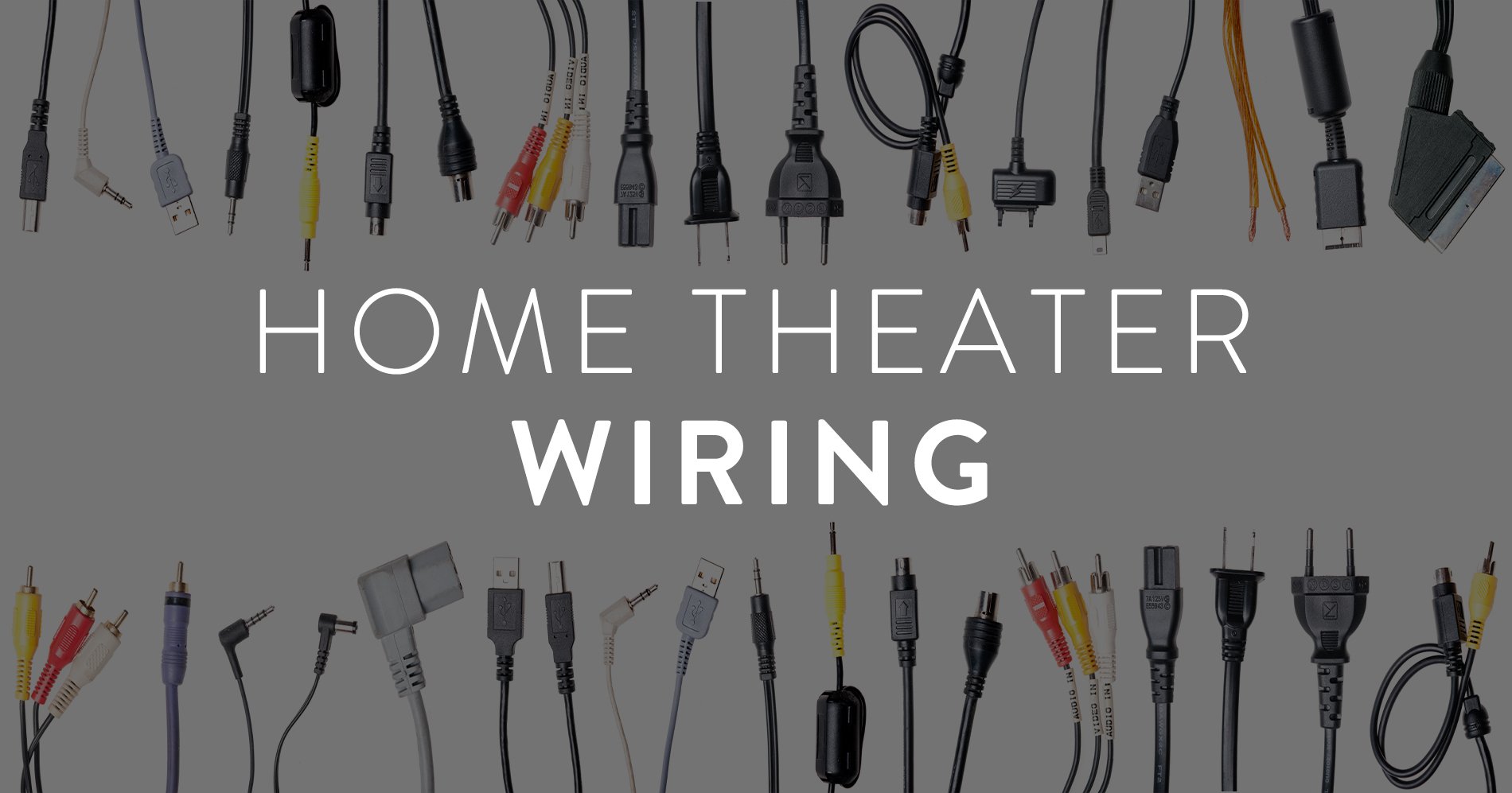Revolutionizing Broadcasting with Cutting-edge Sound over IP Solutions for a Connected Tomorrow
Revolutionizing Broadcasting with Cutting-edge Sound over IP Solutions for a Connected Tomorrow
Blog Article
The realm of media is undergoing a major shift due to cutting-edge audio over IP (AoIP) solutions. Such advancements are revolutionizing how audio programming is produced, distributed, and consumed. Audio over IP is defined as the approach of sending audio signals over a digital system, using Internet Protocol (IP) instead of conventional analog methods. This transition not only enhances the standard of audio delivery but also provides media professionals with more flexibility and authority over their content.
One key advantage of audio over IP technology is its capability to connect various devices and technologies efficiently. Traditional broadcasting frequently depended on complex cabling and tangible connections, which could be burdensome and restrictive. With AoIP, broadcasters can readily connect mics, audio consoles, and other devices through a common network. This convergence allows for remote broadcasting and live transmissions from almost any location, making it simpler to reach listeners across the globe. As a result, broadcasters can react quickly to ongoing events and listener requests, leading to more vibrant and engaging programs.
Moreover, AoIP systems facilitates high-quality audio standards that improve the listening experience. Unlike traditional broadcasting methods, which may diminish sound quality, audio over IP can maintain the integrity of the audio signal during the delivery procedure. This means that listeners can enjoy clearer and richer sound, regardless of whether they are listening in via radio, broadcasting over the internet, or employing mobile devices. The ability to deliver high-fidelity audio is especially important for music and talk shows, where every nuance matters to the listeners.
Additionally, the adoption of audio over IP systems can lead to financial efficiencies for media companies. By leveraging existing network infrastructure, organizations can eliminate the need for costly hardware and large-scale cabling. This not only lowers initial costs but also lowers maintenance expenses over time. Media firms can allocate resources more effectively, focusing on production and talent development. As a result, the entire broadcasting industry can benefit from increased innovation and inventiveness, as financial resources are reallocated toward enhancing programming and interacting with listeners.
In conclusion, the shift towards audio over IP technologies is changing the media landscape. By allowing seamless connections, enhancing audio quality, and reducing costs, AoIP is clearing the path to a better integrated future in broadcasting. As media organizations continue to adjust to these developments, they will be better equipped to satisfy the demands of their listeners, produce captivating programs, and stay competitive in an constantly changing industry. The prospects of broadcasting is promising, and audio over IP will take a key role in defining the manner in which we interact you could look here with audio programming in the future to follow.